It’s Flat Shark Friday! It’s Shark Week! It’s now Flat Shark Shark Week Friday! Okay, that’s as absurd as the model that I’m looking at today–and make no mistake, despite the size of the figure (and this being a ‘Toy’ blog…) this one is not for playing. Although I won’t judge, because it’s so great to handle. Carefully. Also, I’m loosely defining ‘shark’ here as it will be a relative of sharks (hence the ‘flat shark’ AKA ‘sea flap flap’), a ray species.
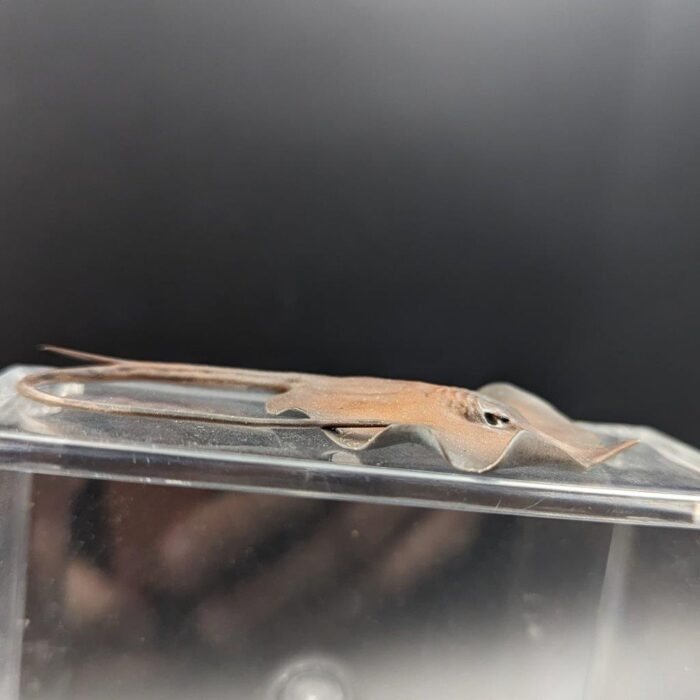
I am speaking of a model from Hellbender Museum, a 3d sculptor/artist that among other sets, has made some fantastic small models inspired by the shows River Monsters and Monster Fish–a set called Freshwater Monsters that represent some fantastic animals from those shows. And while we don’t normally think of sharks and rays as freshwater (except maybe bull sharks and South American rays) (unless you are someone that does…work with me here) one that only really recently got proper attention was a giant ray from the Mekong River and surrounding areas (potentially even further afield in southern Asia), the Giant Freshwater Whipray.
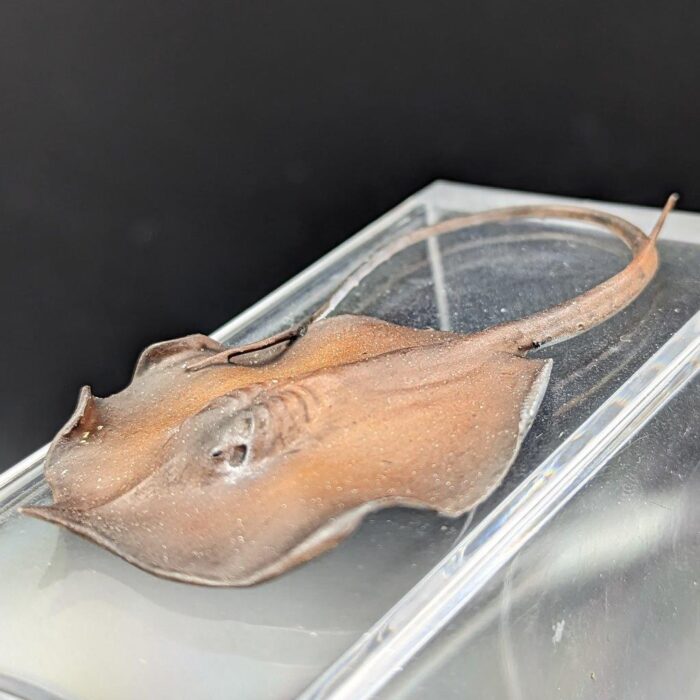
How giant? Well, probably the largest freshwater fish in the world (depending on metrics and understanding that modern populations of all freshwater animals are severely impacted). These rays are not like the more familiar (mostly) round freshwater rays of South America, with somewhat thick tails. The giant freshwater whipray Urogymnus polylepis (Bleeker, 1852) on first glance looks more like a ‘typical’ marine stingray of the large family Dasyatidae (of which it is a member), with a somewhat rounded-diamond-shaped disc, a distinctly pointed snout, and very long, whip-like tail. They are also typical in their behaviour, predators of fish and invertebrates of the river bottoms, where they will bury themselves to ambush prey or to hide.

But that size…these rays have been measured up to 2.2 metres across the disc at the widest point, and weigh about 300kg. So, based on records that can be verified now, these would indeed be the largest purely freshwater fish in the world, and the largest stingray overall. It probably goes without saying, but living where they do there are a lot of stressors on these rays (and every other giant fish of the region) and they are currently classed as Endangered by the IUCN.
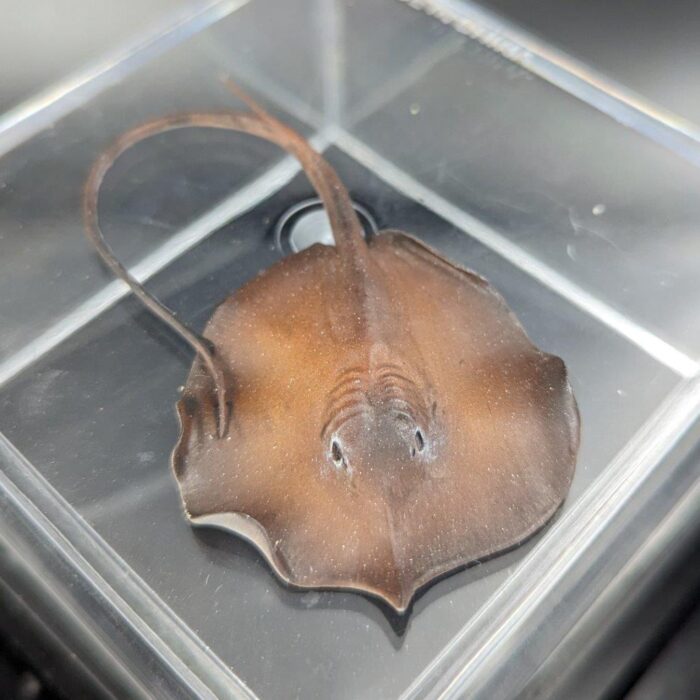
Turning our attention to the figure, mine is from the ‘miniature’ series of the set; there is a larger set as well, with the same model only more than twice as large. The price scales to match, so my choice was the full set of pre-painted miniatures (the models from both sizes of series can be purchased for less unpainted but that’s not my jam, although I think that’s how most are available now). The model measured across the widest part of the disc is about 4cm, giving a max-size animal scale of 1:55. In terms of (digital) sculpt the figure is spot on to a real animal–it features the rounded disc, anter-posteriorly asymmetric with the widest span across the ‘wings’ toward the front of the body. The overall body is smooth with no tubercles or thorns, as it should be. The tiny eyes and large spiracles are well-defined on the raised body of the otherwise very flat disc; the pectorals of giant freshwater whiprays are quite thin, and this is also reflected (as best as possible) in the figure. The margins undulate in a sinuous wave, reflecting an actively swimming animal.
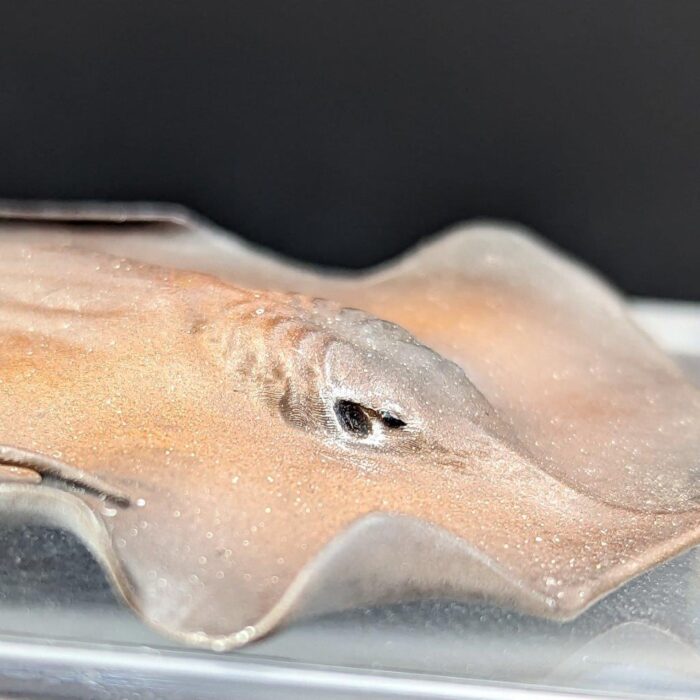
As should be present, there is a pronounced rostral tip at the front of the body following a ridge from between the eyes. The most prominent and fearsome aspect of the ray is also produced brilliantly–the tail is long, much longer than the disc, and very thin, starting with a thickened base and tapering to a very fine whip-like tip. A very pronounced venomous spine is present about 1/3 down the tail (if one were to scale it, it would be about a half metre long, which would make for a very bad day). The tail recurves over the body, and is sculpted to remain attached, a good choice for such a thin piece of material. No other fins are visible dorsally. The dorsal surface colour is a deep ruddy brown with darker margins, as seen in the actual animal.
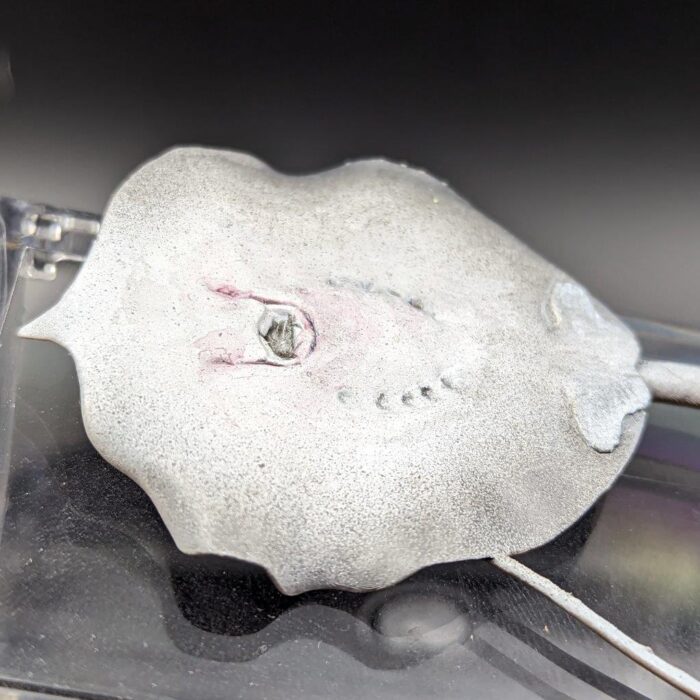
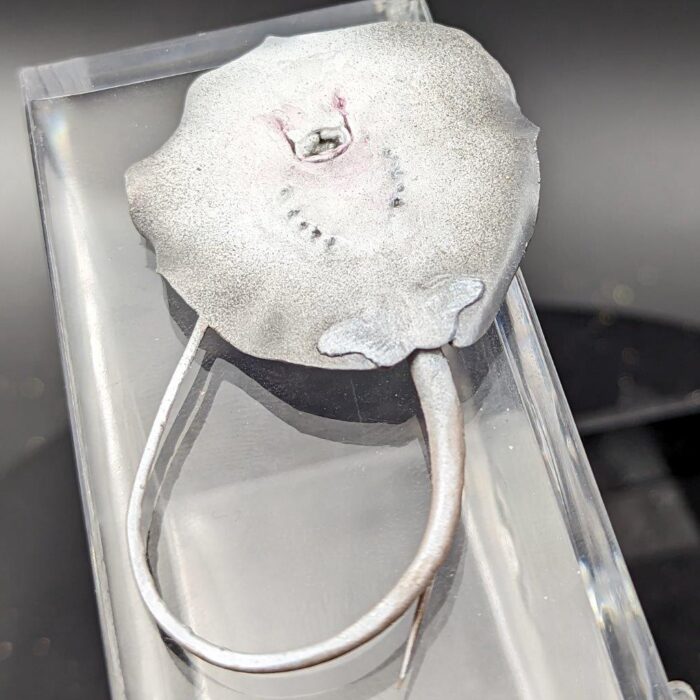
Ventrally, the accuracy in modeling continues. The deep nostrils channel to a large mouth that is sculpted in an open position; I believe the papillae are also visible to an extent. The body is mostly a dark white with pink wash around the two sets of five small gill openings. There is a black outer margin on the underside of the pectoral fins which is common; moving inward there is a gradual black stippling. Many living specimens have dark blotches along the belly, but that is not seen here. The pelvic fins are also present from underneath, fanned out laterally instead of trailing; they are joined at the posterior edge although this may be an artifact of the sculpting (they would be separate in the real animal). A distinct cloaca is sculpted between the pelvic fins, and with no visible claspers this model is a female individual.
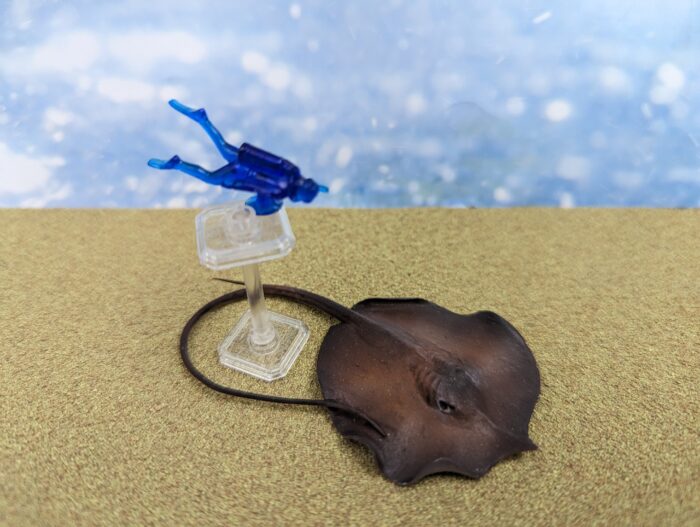
In terms of production, the 3D printing process has allowed for a very smooth, elegant model with incredibly fine detail. I have gotten to know the sculptor a little, and have learned that he uses a resin (not filament) printer for improved detail and indeed, there are no printing marks visible. As well as finished models he also sells .stl files you can print and finish yourself. If you are able to get ones that he (or his assistant) painted, I highly recommend it, totally worth the extra cost. Really, though, the models overall are worth it no matter what. The closest we have seen to this in a broader sense is the best of the original Kaiyodo figures from Dinotales/AnimalTales/Aquatales with the fine, thin elements and extreme detail (and also the caveat that these really aren’t toys). In short, this is a beautiful little reproduction of a beautiful gigantic fish. I cannot recommend them enough and am pleased to have them in my collection.
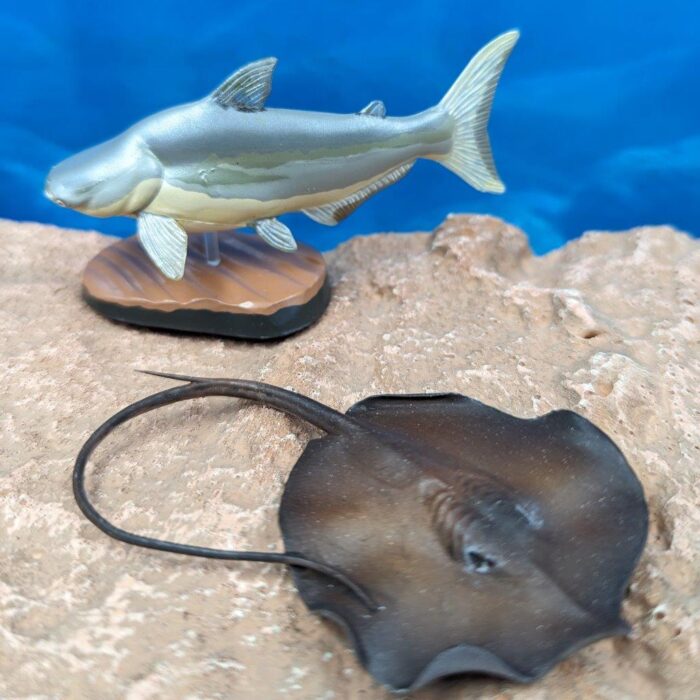
For those wondering, whatever prints he has available will be on Etsy. Overall he offers fewer painted models now, but this version of the ray is still there! The models available changes all the time. And he does take commissions if you really need something special. No, I’m not there yet! If people want to reach out to see some others I do have I’ll take requests too! Also, I highly recommend the Zeb Hogan book Chasing Giants where this is just one of the imperiled freshwater giants he talks about! Buy it through the Amazon link and support the blog!
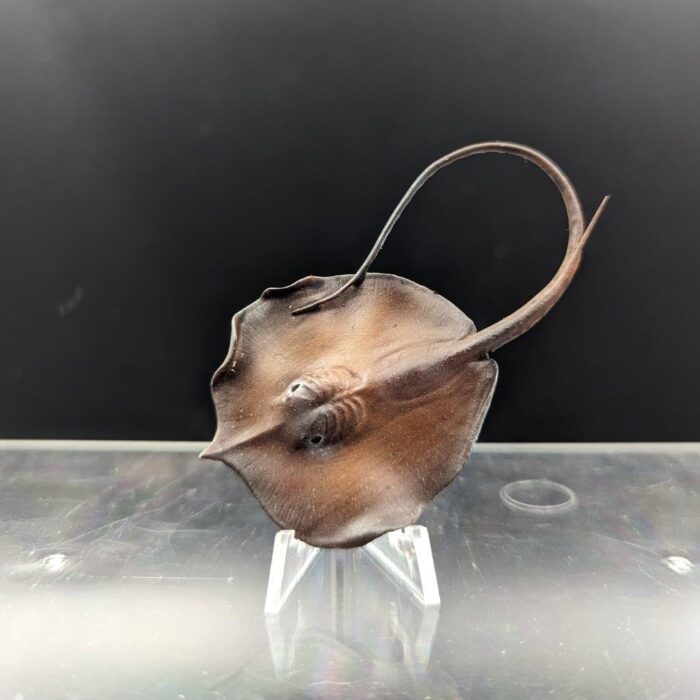
Disclaimer: links to Ebay and Amazon on the AnimalToyBlog are affiliate links, so we make a small commission if you use them. Thanks for supporting us!




It’s better done than the one I did. But I’m not sure I would be able to replace it.
Thanks for let me know about Hellbender museum. The prices are tempting, sadly they have very few models to choose, but maybe a Wels catfish. Do you know if the export to Spain?
I think they would–he’s based out of Canada now, it would just be a matter of shipping cost!